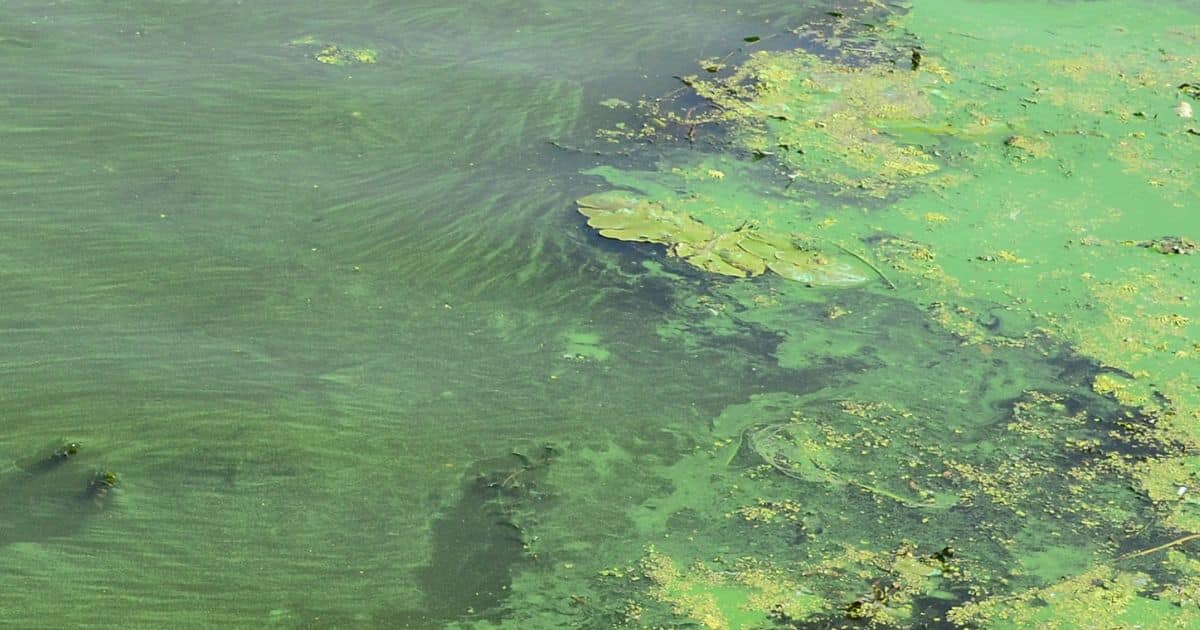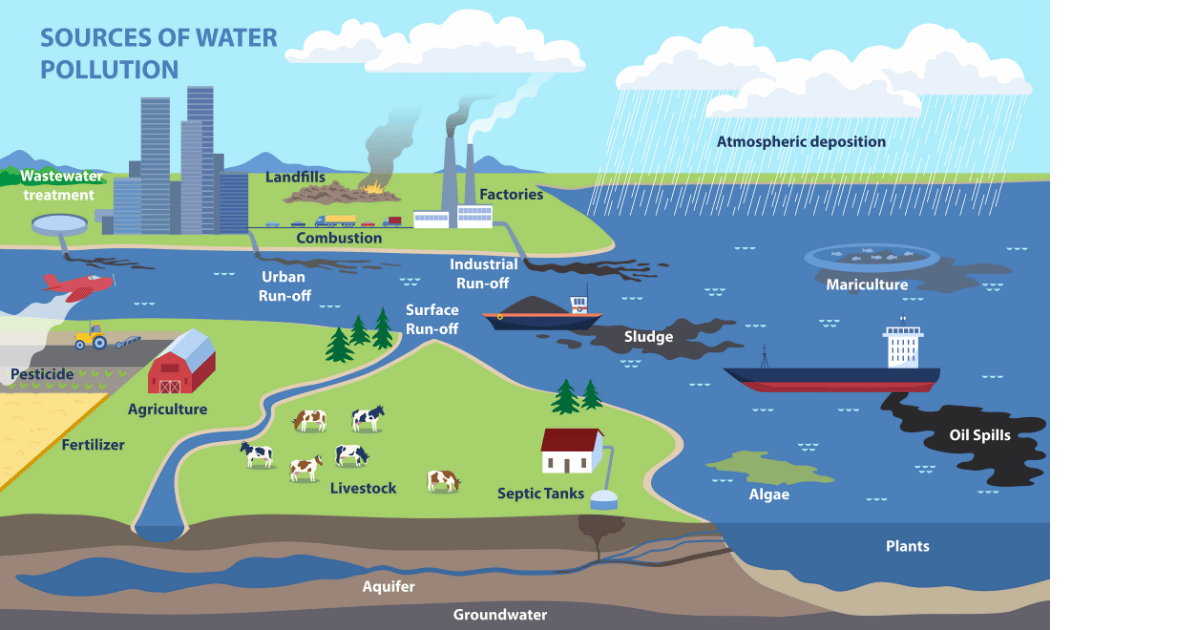Summary
Explore a holistic approach to combat surface water pollution, focusing on controlling harmful algal blooms (HABs). Discover how real-time data, technology, and nature-based solutions can transform water management, enhance collaboration among stakeholders, and ensure sustainable, long-term protection of aquatic ecosystems.
Surface water pollution is a global issue, with over 50% of surface waters in poor condition due to pollution, climate change, and human activity. One of the most serious outcomes of this pollution is the increase in harmful algal blooms (HABs). These blooms, driven by excess nutrients—particularly nitrogen and phosphorus—can have severe ecological, economic, and health impacts. For water professionals, the challenge is not just treating the symptoms but addressing the root causes effectively.
Nutrient overload is the root cause of Harmful Algal Blooms (HABs)
Nutrient overload is the primary driver behind HABs. Agriculture, wastewater, and urban runoff contribute large amounts of nitrogen and phosphorus to water bodies. These nutrients fuel rapid algal growth, leading to blooms that choke ecosystems, reduce oxygen levels, and sometimes release toxins harmful to both aquatic life and humans.

HABs disrupt ecosystems by depleting oxygen, leading to dead zones where fish and other aquatic species can’t survive. Additionally, toxins from certain types of algae can contaminate drinking water sources and cause health risks, making water treatment more complex and expensive.
The case for a holistic approach to lake pollution
Traditional methods of dealing with surface water pollution, such as chemical treatments, often focus on treating symptoms rather than addressing the causes of nutrient overload. These methods can temporarily clear up algae but don’t solve the problem long-term. The nutrients that caused the bloom remain, leading to recurring issues.
A more effective strategy involves a holistic approach. This approach integrates several elements—data, technology, and natural processes—to manage water quality proactively. It focuses on identifying nutrient sources, predicting risks, and implementing sustainable solutions.

Water pollution, caused by agricultural runoff, industrial discharge, urban runoff, degrades water quality, harms aquatic ecosystems, and threatens biodiversity.
Real-time data and Nature-Based solutions
One company leading this holistic approach is the Dutch firm LG Sonic, which tackles surface water pollution with a combination of real-time data monitoring and nature-based interventions. Instead of relying on chemicals, they use ultrasound technology to control algae growth. This method prevents blooms without harming other aquatic life.
The use of real-time monitoring is a key advantage. Sensors in the water continuously track parameters like nutrient levels, temperature, and pH. This data is fed into predictive models that allow for early detection of potential algal blooms. Water managers can then act before a full bloom develops, making interventions more efficient.
In addition to controlling algae, LG Sonic’s technology also provides a broader view of water quality, helping trace pollution sources like agricultural runoff and monitor heavy metals. This comprehensive understanding of water conditions allows for targeted actions, reducing the overall pollution load and preventing future issues.
Collaboration is key
Water pollution is a complex problem, and no single entity can tackle it alone. Effective water management requires collaboration between regulatory bodies, industry players, and local communities.
Regulators need accurate, real-time data to enforce water quality standards. Industries need the right tools to monitor and reduce their nutrient discharge. And communities, often the first to feel the impacts of water pollution, need to be part of the solution by identifying problems early and helping implement local interventions.
By integrating technology and fostering cross-sector collaboration, a holistic approach ensures that all stakeholders work toward the common goal of cleaner, healthier water.
Long-term solutions instead of quick fixes
The problem of surface water pollution, particularly nutrient overload leading to HABs, isn’t going away. As population growth and climate change add further pressures on water resources, the need for a sustainable approach to water management is critical.
A holistic, data-driven strategy that combines advanced technology with natural processes offers the best path forward. By addressing the root causes of pollution and not just treating symptoms, water managers can help prevent harmful algal blooms, protect ecosystems, and ensure safe, clean water for the long term.
In short, the solution to surface water pollution lies in understanding the system as a whole—using real-time data, working with nature, and ensuring all stakeholders collaborate effectively. This integrated approach will drive the long-term sustainability of water resources.
